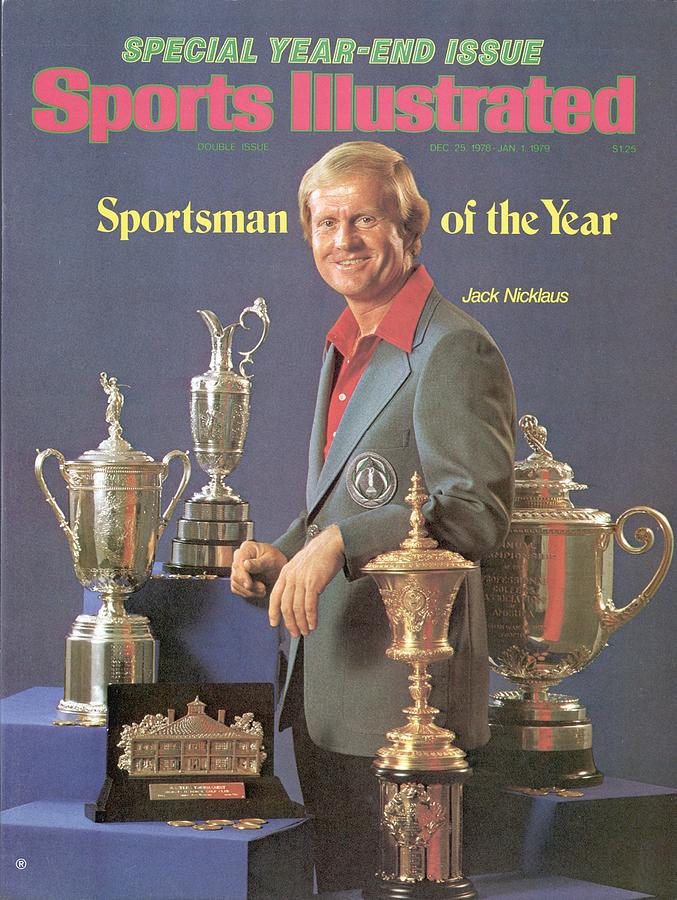

He dropped three more in our lap in the 1980s. Starting in 1966 with Sea Gull Golf Club (re-designed and re-named in the mid-2000s), Quail Creek (later changed to the Hackler Golf Course) the year after that, Beachwood Golf Club the year after that and Eagle Nest Golf Club and Azalea Sands Golf Club within another four years, and the man once known as the “Calvin Klein of Carolinas Golf” had made his mark in and around Myrtle Beach before Jack Nicklaus won the 1972 Masters. And considering a third of first 15 local designs belonged to Hamm, well, it doesn’t take much to believe what King was saying. “ Azalea, Beachwood, Eagle Nest - those courses brought people down here year after year after year.”īefore the package deals sprawled up the East Coast and golfers from around the globe were exposed to advertising campaigns to visit Myrtle Beach, reputation and word of mouth was what was doing the trick. | Chris King looks back on the earliest days of Myrtle Beach golf and needed no prodding to pinpoint an architect who played a vital role in the would-be popularity explosion. “In the ‘60s and ‘70s when we started to get a little bit of traction, the reality is that it was Gene Hamm’s work that people were coming down to play,” said King, a longtime contributor for Myrtle Beach Golf Holiday.


 0 kommentar(er)
0 kommentar(er)
